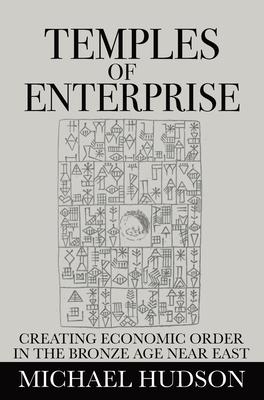The twelve articles collected in this volume describe how the most basic features of Western economic organization - money, markets, land tenure and enterprise - were created in the temples and palaces of the ancient Near East. The perspective on these topics originated in the five international colloquia organized by the Institute for the Study of Long-term Economic Trends (ISLET) with Harvard University's Peabody Museum from 1994 to 2015. When these meetings began, most assyriology, Egyptology and classical studies tended to accept the views of modern economic orthodoxy. Archaic social values were so different from today's views that there was resistance to recognizing the extent to which the Bronze Age economic takeoff, 3500-1200 BC, followed policies radically unlike our own.

Temples of Enterprise: Creating Economic Order in the Bronze Age Near East
The twelve articles collected in this volume describe how the most basic features of Western economic organization - money, markets, land tenure and enterprise - were created in the temples and palaces of the ancient Near East. The perspective on these topics originated in the five international colloquia organized by the Institute for the Study of Long-term Economic Trends (ISLET) with Harvard University's Peabody Museum from 1994 to 2015. When these meetings began, most assyriology, Egyptology and classical studies tended to accept the views of modern economic orthodoxy. Archaic social values were so different from today's views that there was resistance to recognizing the extent to which the Bronze Age economic takeoff, 3500-1200 BC, followed policies radically unlike our own.